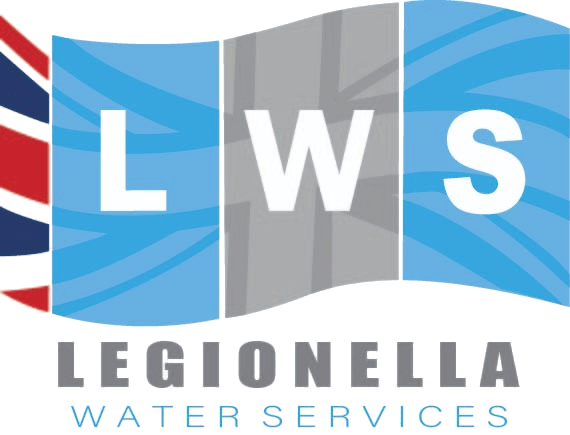HISTORY OF LEGIONELLA
AND ITS DANGERS
A Comprehensive History of Legionella: From Discovery to Management
Legionella, a group of bacteria known for causing severe pneumonia-like illness, has a storied history intertwined with medical breakthroughs, public health challenges, and scientific discoveries. This comprehensive review traces the journey of Legionella from its discovery to the modern-day management strategies aimed at preventing its spread and mitigating its impact.
Discovery and Early Observations:
The history of Legionella begins in the summer of 1976 when a mysterious outbreak of pneumonia struck attendees of an American Legion convention in Philadelphia. The rapid onset and severity of the illness puzzled health officials, prompting a thorough investigation. Dr. Joseph McDade, a microbiologist at the Centers for Disease Control and Prevention (CDC), isolated a previously unknown bacterium from the lung tissue of deceased patients. This bacterium was later named Legionella pneumophila, after the organization hit by the outbreak.
Unraveling the Pathogen:
Further research revealed that Legionella bacteria thrive in aquatic environments, particularly in warm water sources such as cooling towers, hot tubs, and plumbing systems. They can also colonize artificial water systems like air conditioning units and decorative fountains. Legionella bacteria are transmitted to humans through inhalation of contaminated water droplets, not through person-to-person contact.
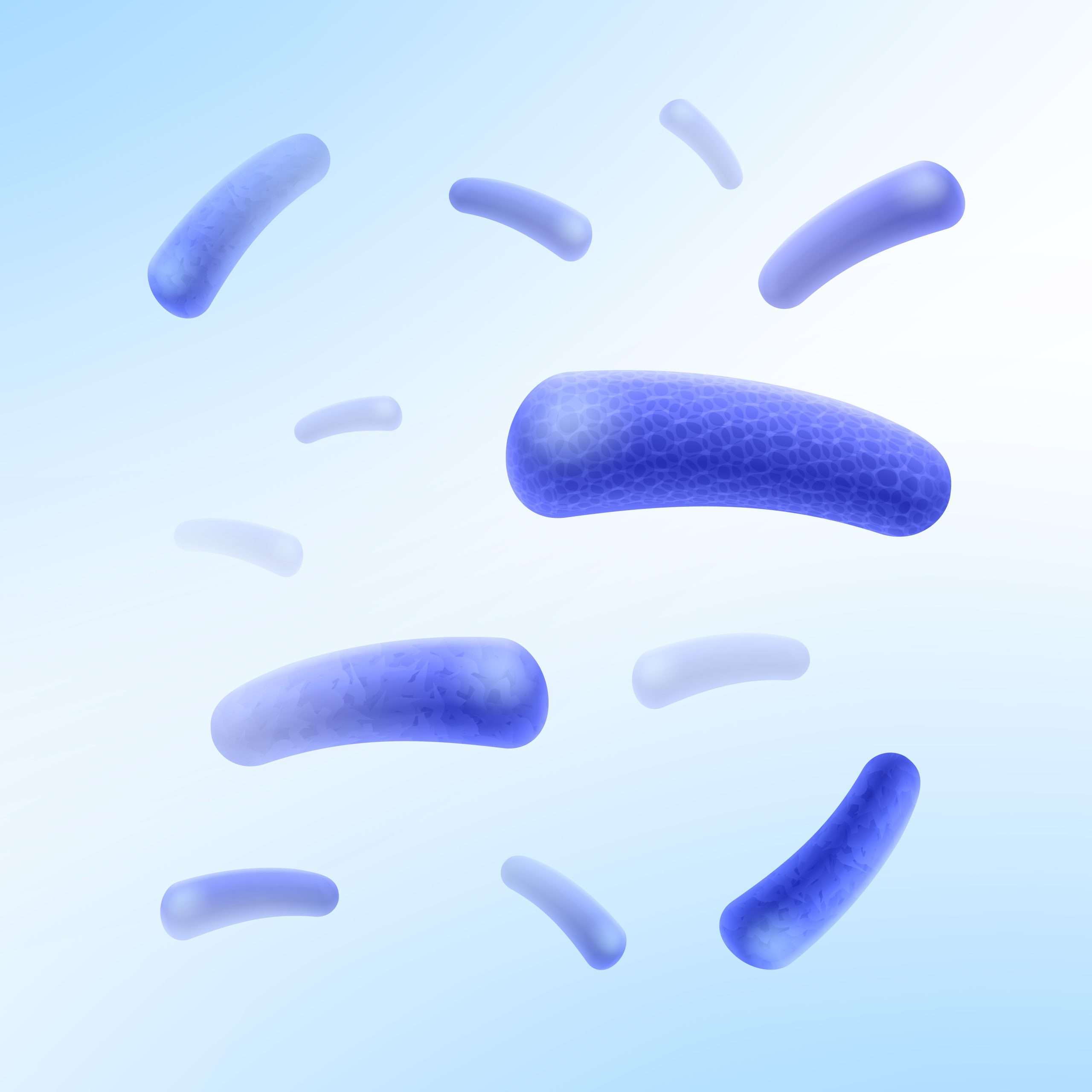
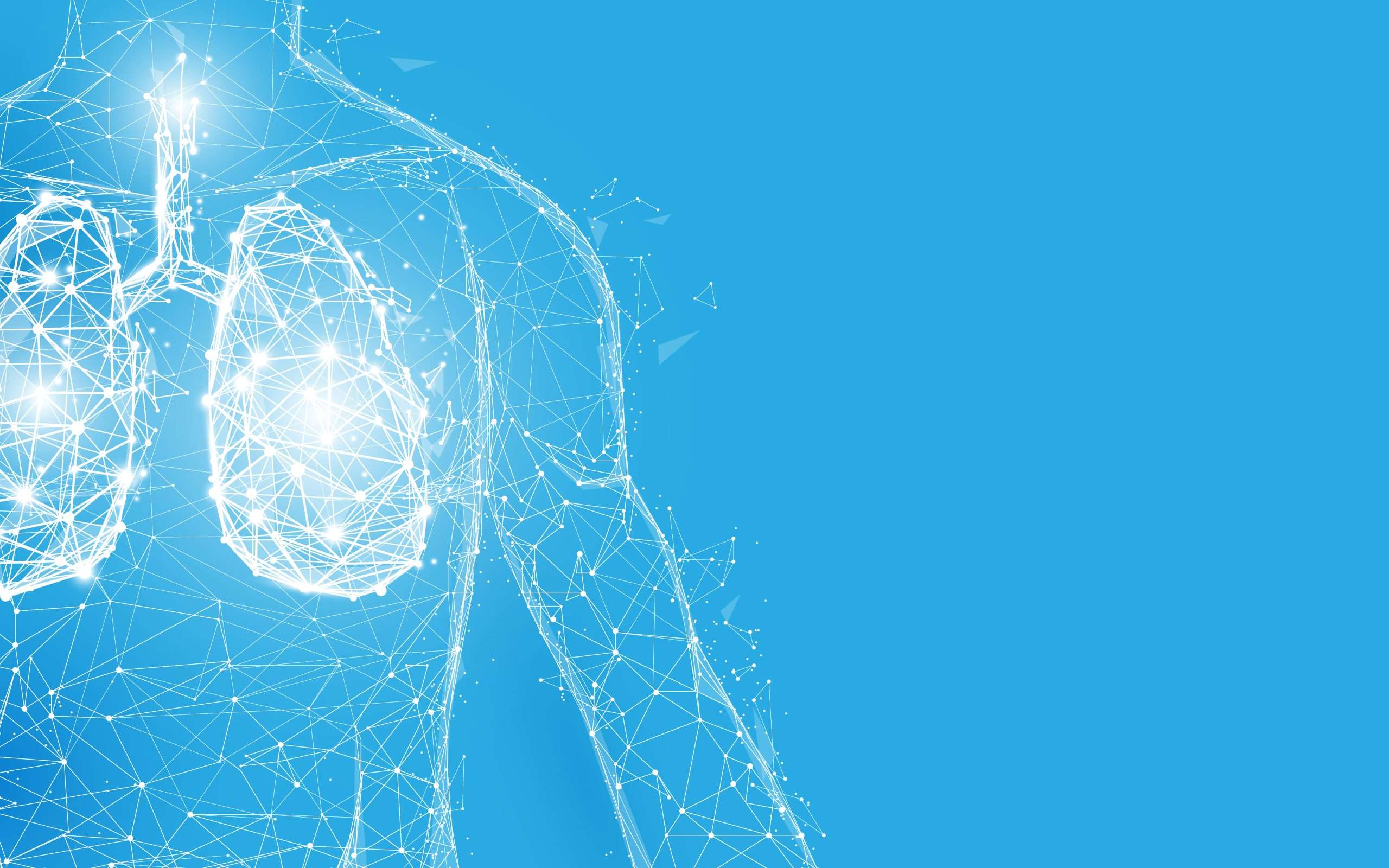
Epidemiological Milestones:
In the aftermath of the Philadelphia outbreak, scientists worldwide intensified their efforts to understand Legionella and its associated diseases. Subsequent investigations uncovered previous outbreaks retrospectively attributed to Legionella, including a 1957 outbreak in England and another in 1965 in Michigan. These findings underscored the global presence and historical significance of Legionella-related illnesses.
Clinical Manifestations and Diagnosis:
Legionnaires’ disease, the severe form of Legionella infection, presents with symptoms resembling pneumonia, including high fever, cough, shortness of breath, and chest pain. Pontiac fever, a milder form, manifests as flu-like symptoms without pneumonia. Laboratory diagnosis typically involves culturing respiratory specimens or detecting Legionella antigens in urine samples using immunological techniques.
Advances in Laboratory Techniques:
The identification and characterization of Legionella bacteria have been facilitated by advancements in microbiological and molecular techniques. Polymerase chain reaction (PCR) assays, DNA sequencing, and monoclonal antibody-based tests have enhanced the accuracy and efficiency of Legionella detection, enabling rapid diagnosis and epidemiological surveillance.
Regulatory Response and Public Health Measures:
In response to the growing threat posed by Legionella outbreaks, regulatory agencies and public health authorities have implemented guidelines and standards for the prevention and control of Legionella contamination in water systems. These measures include routine monitoring, maintenance of water quality parameters, and implementation of disinfection protocols to reduce the risk of Legionella proliferation.
Legionella in the Built Environment:
The built environment, characterized by complex water distribution systems and HVAC (Heating, Ventilation, and Air Conditioning) infrastructure, provides ideal conditions for Legionella growth and dissemination. Legionella outbreaks have been linked to hospitals, hotels, cruise ships, and other settings where susceptible populations may be exposed to contaminated water aerosols.
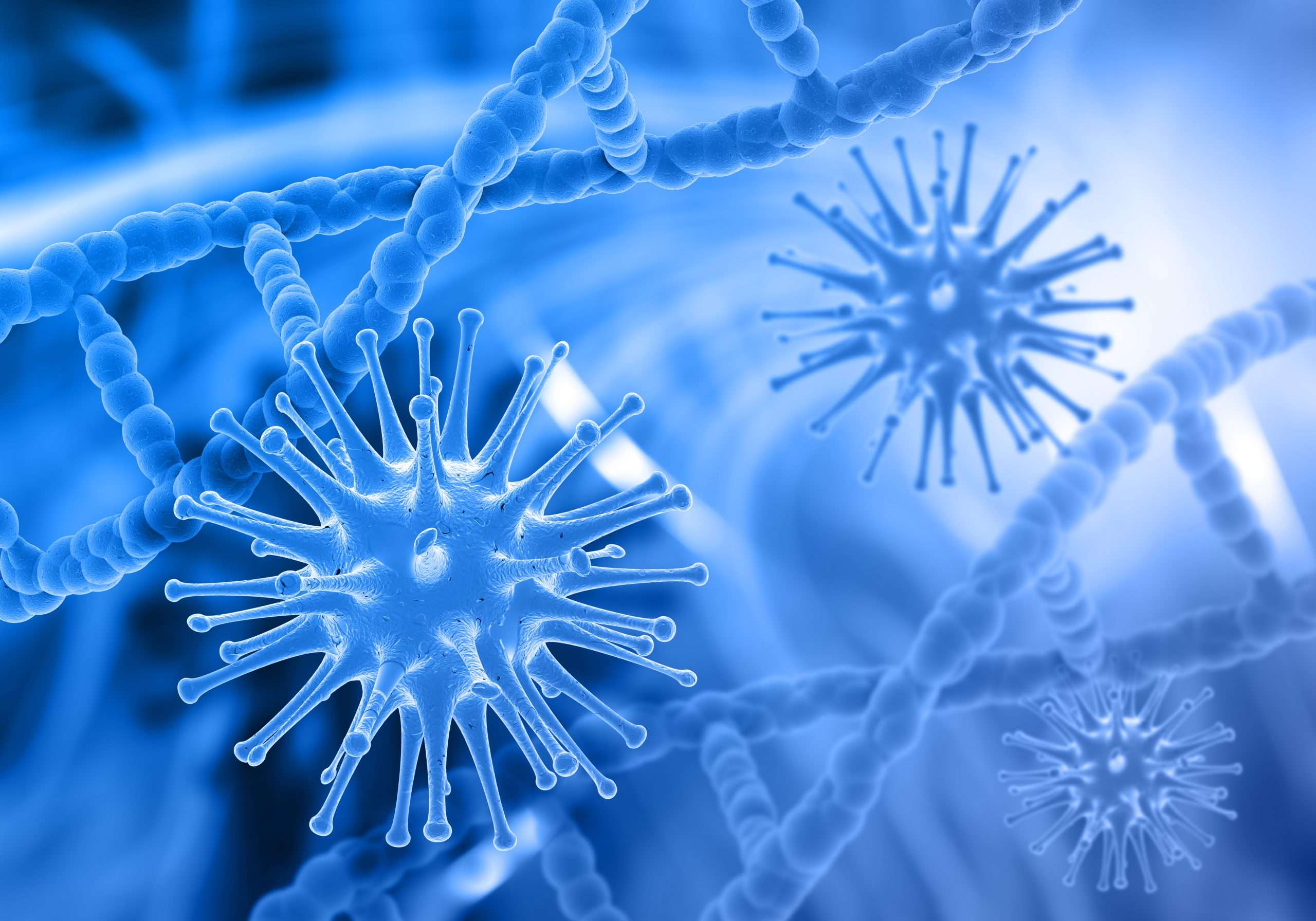
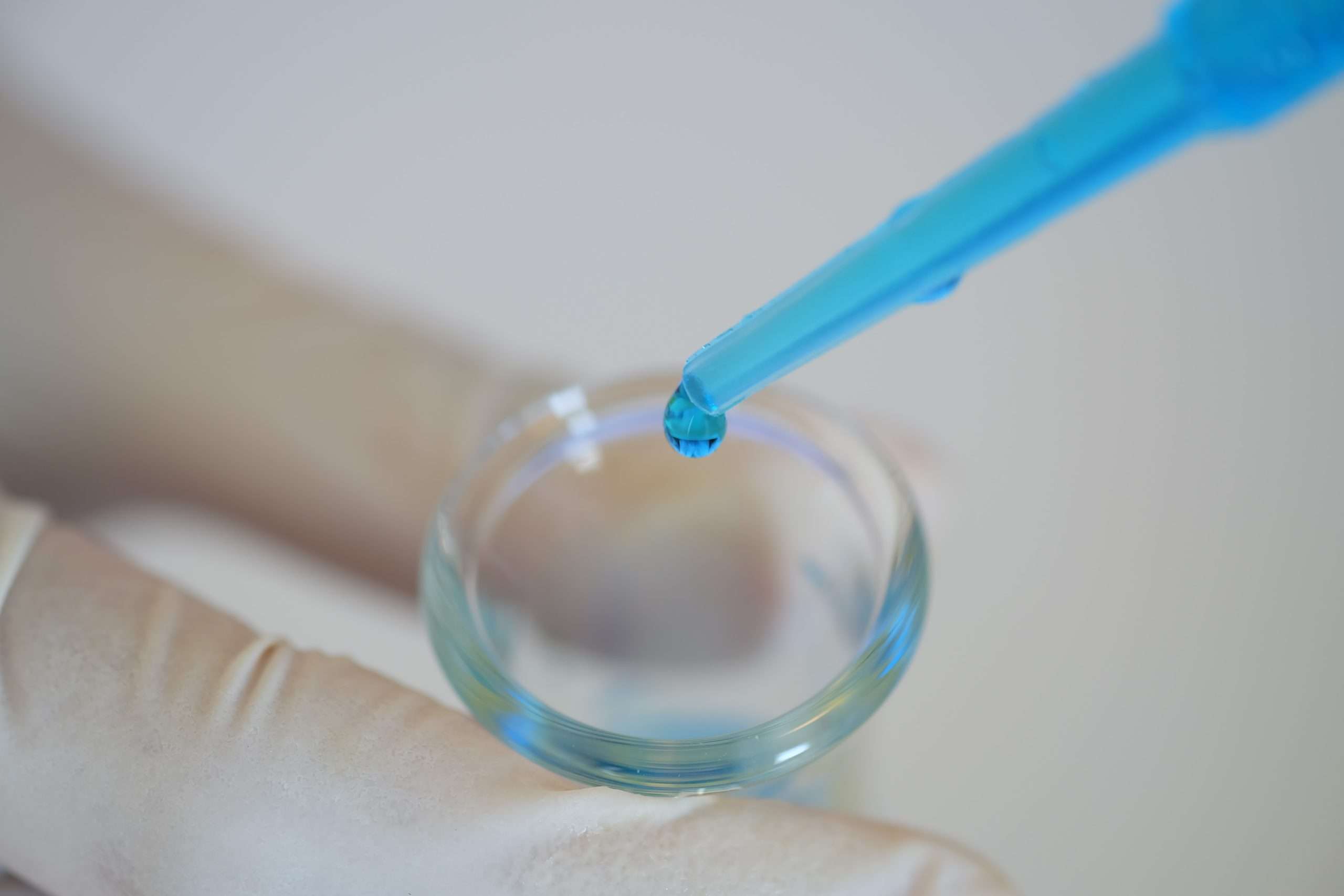
Risk Factors and Vulnerable Populations:
Certain demographic and environmental factors increase the risk of Legionella infection. Individuals with compromised immune systems, chronic lung diseases, or underlying medical conditions are more susceptible to severe illness from Legionella exposure. Aging infrastructure, stagnant water reservoirs, and inadequate maintenance practices also contribute to the proliferation of Legionella in water systems.
Global Impact and Emerging Challenges:
The globalization of travel and trade has facilitated the spread of Legionella across borders, posing challenges for surveillance and containment efforts. Climate change, urbanization, and demographic shifts further complicate the epidemiology of Legionella-related diseases, necessitating adaptive strategies to mitigate the impact of future outbreaks.
Therapeutic Interventions and Antimicrobial Resistance:
Antibiotics such as macrolides, fluoroquinolones, and tetracyclines are commonly used to treat Legionella infections. However, the emergence of antimicrobial resistance poses a threat to the efficacy of conventional treatment regimens. Research into alternative therapies, including combination drug therapies and immunomodulatory agents, is ongoing to address this challenge.
Future Directions and Research Priorities:
Continued investment in basic and translational research is essential to unraveling the molecular mechanisms of Legionella pathogenesis and host-pathogen interactions. Novel approaches such as whole-genome sequencing, metagenomics, and computational modeling hold promise for elucidating the epidemiology and evolution of Legionella bacteria in the environment.
Conclusion:
The history of Legionella is a testament to the resilience of scientific inquiry and the collective efforts of researchers, clinicians, and public health professionals in combating infectious diseases. From its humble origins in a Legionnaires’ convention to its global impact on public health, Legionella serves as a reminder of the ongoing challenges posed by emerging pathogens and the imperative of vigilance in disease surveillance and prevention.
As we navigate the complexities of the modern world, the lessons learned from the history of Legionella continue to inform our understanding of infectious diseases and shape our strategies for safeguarding public health in an ever-evolving landscape.
Contact US


